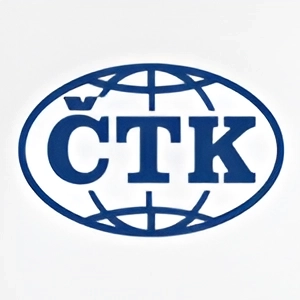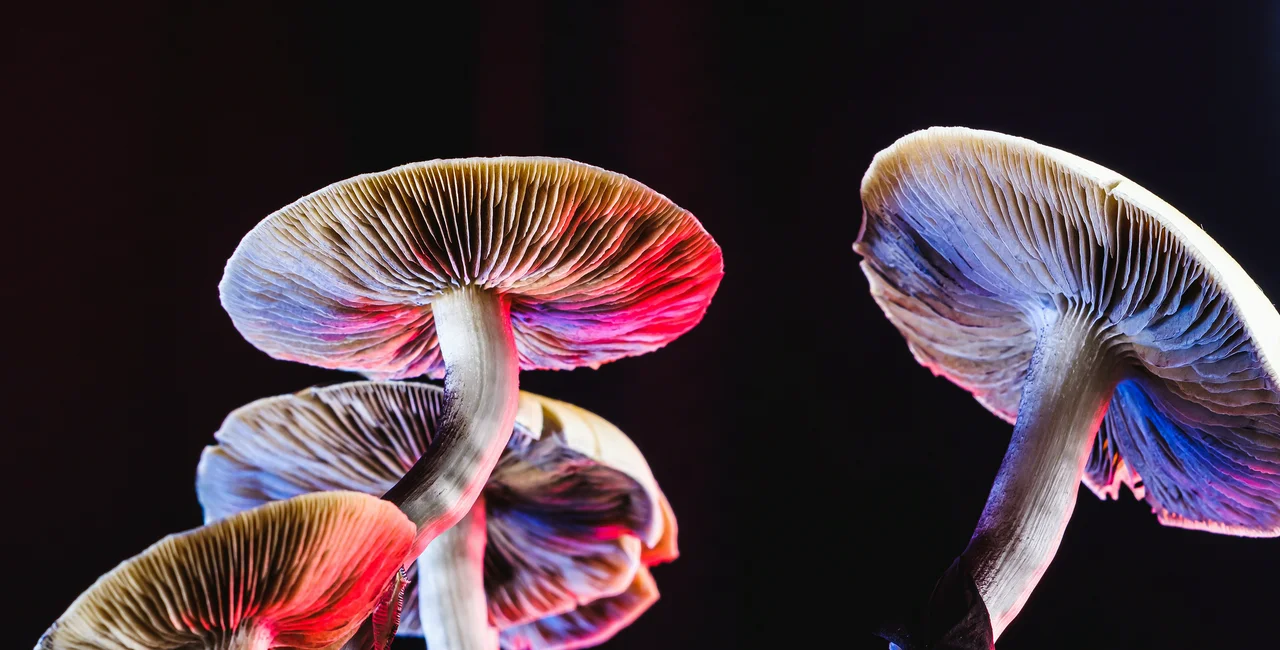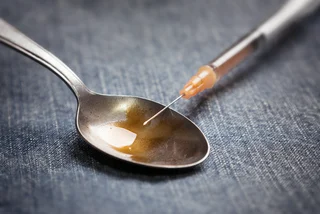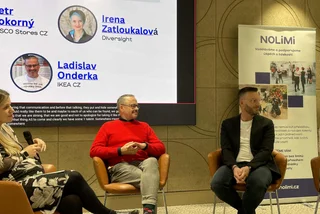Drug consumption is on the rise in the European Union. Their availability remains high and in some cases is higher than before the Covid-19 pandemic, states this year's report from the European Monitoring Centre for Drugs and Drug Addiction (EMCDDA).
The Czech Republic ranks high in meth and marijuana, with an overall rate of drug consumption being above average. Mainly marijuana, but also LSD and magic mushrooms, are used excessively in the Czech Republic, with the highest share of methamphetamine risk users in the EU, 4.8 per 1,000 people.
The EMCDDA estimates that roughly 30 percent of EU inhabitants aged 15 to 64 years have tried at least one banned substance in life.
Just published: this year's European Drug Report.
— EU drugs agency (@EMCDDA) June 14, 2022
What do the latest data tell us about trends in illicit drug use and the market? What hazardous new drugs are emerging? What illicit substances are posing the greatest health threats?https://t.co/SH7njQzKpn@EUHomeAffairs pic.twitter.com/tEAypLD0yR
Cannabis is the most frequently used illegal substance; some 79 million EU inhabitants have used it at least once. Last year, 22 million people, or 7 percent of the EU inhabitants cannabis at least once, and 15.5 percent of young people aged between 15 to 34 years.
The highest consumption in this category was in the Czech Republic where 23 percent of young people tried marijuana at least once in the past year, the EMCDDA agency writes in its report.
Marijuana is the most used narcotic in the EU, followed by cocaine and MDMA, commonly known as ecstasy, but their consumption is much lower than that of marijuana.
Magic mushrooms are also very popular among young people in Czechia. Roughly 5 percent of those aged between 15 to 34 took such a substance at least once in the past year, while the EU average is under 1 percent.
The report also concludes that Czechia has the highest share of at-risk users of methamphetamine in the EU.
Last year, 52 new psychotropic substances appeared among consumers in the EU states, one substance a week on average, including 15 new synthetic cannabinoids, six synthetic opioids, and six synthetic cathinones.
We are now facing a more complex drug situation, characterized by high availability and greater diversity in patterns of drug consumption. ... Almost anything that has psychoactive potential is now at risk of appearing on the market, often mislabelled, meaning that those consuming these substances may be unaware of what they are actually using," EMCDDA director Alexis Goosdeel said in the report's preface.
After the drug distribution was hampered by the Covid-19 pandemic in 2020, the consumption of some narcotic substances, such as cocaine, returned to the level before the pandemic. With 3.5 million users in the EU in the past year, cocaine is the second most popular drug there.
The Covid pandemic also caused both drug consumers and distributors to use modern technologies to a higher extent, utilizing, for instance, enciphered communication platforms. As a consequence of the pandemic, the access to drug addiction treatment worsened, too.
However, after the relaxation of the anti-Covid restrictions, the situation is gradually returning to the pre-pandemic level.
Since the epidemic measures were lifted, the consumption of narcotic and psychotropic substances that are often consumed at social events has increased, too.
From 2010 to 2020, the amount of seized drugs increased with the exception of hemp-based resin used for making hash and heroin, the report writes.
The amount of seized meth increased almost six times and five times in the case of amphetamine. This proves that the role of Europe as the producer, market, and transit area for these narcotics has been intensifying, the EMCDDA says in its latest report.












 Reading time: 2 minutes
Reading time: 2 minutes 


































